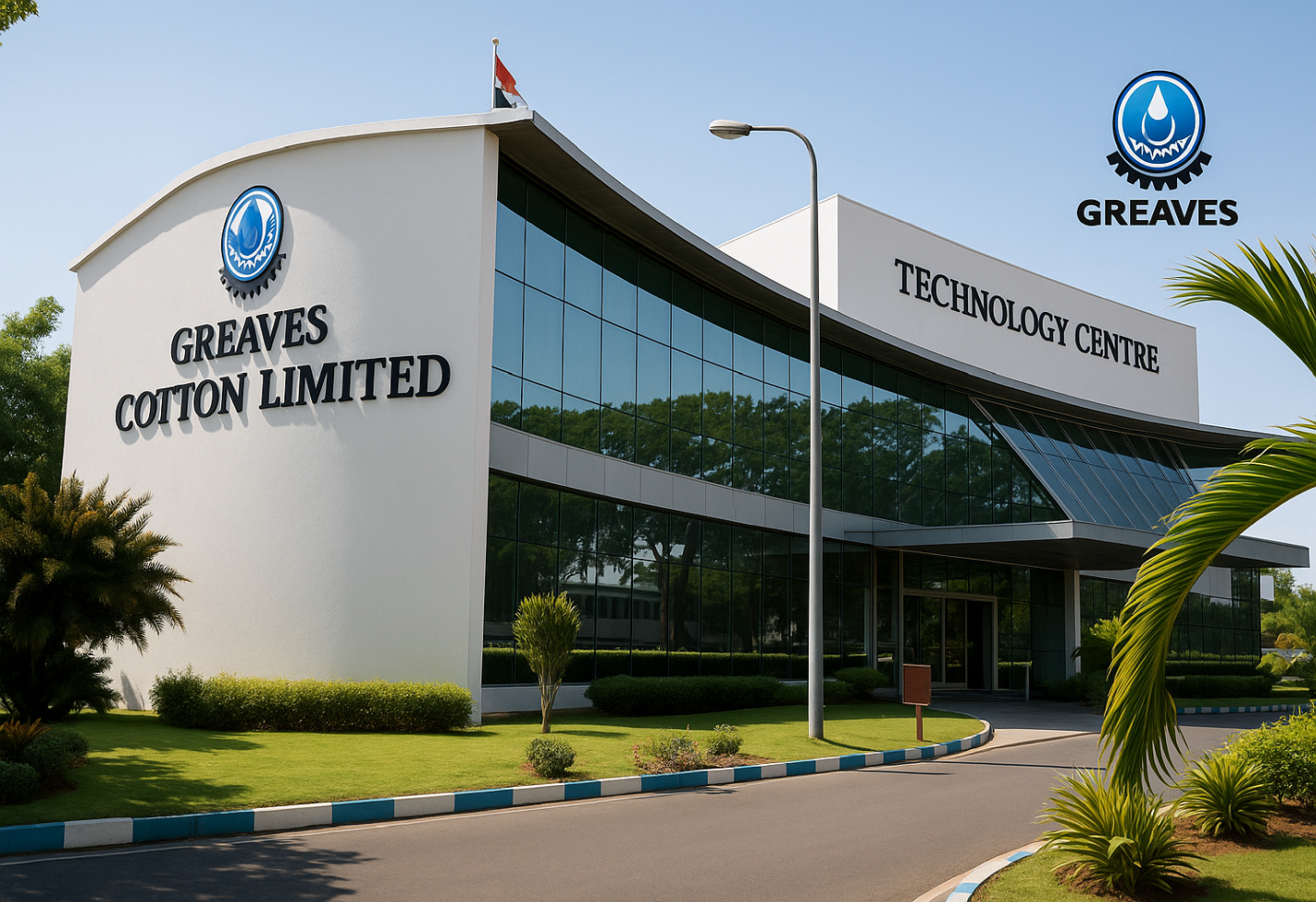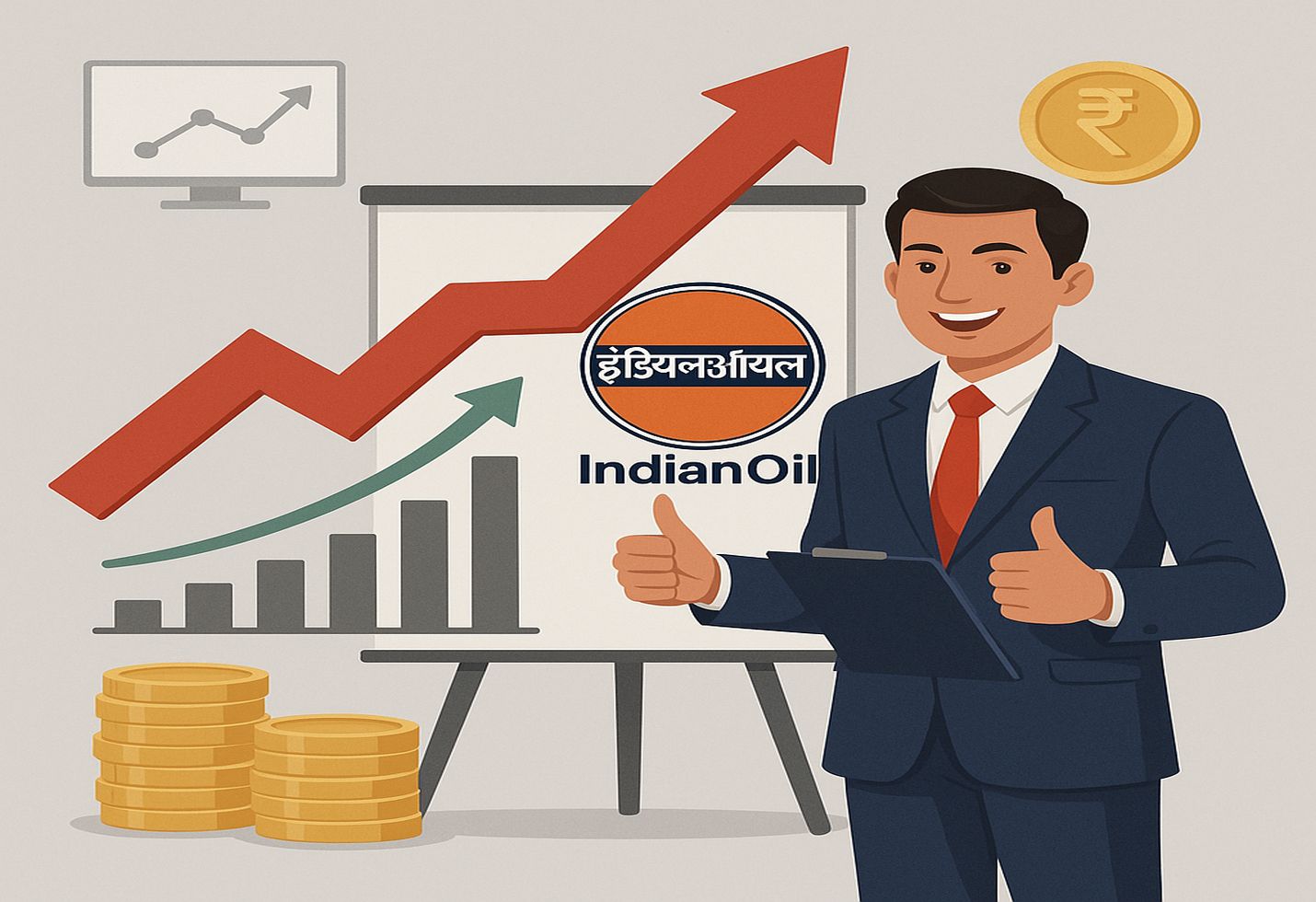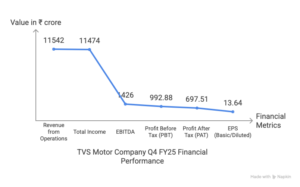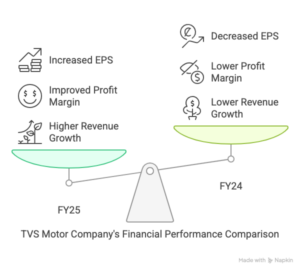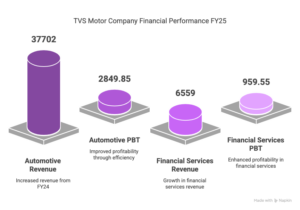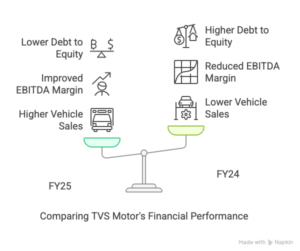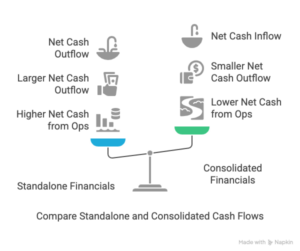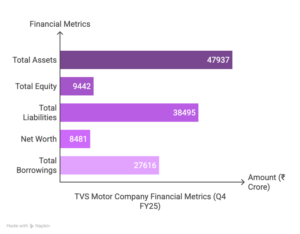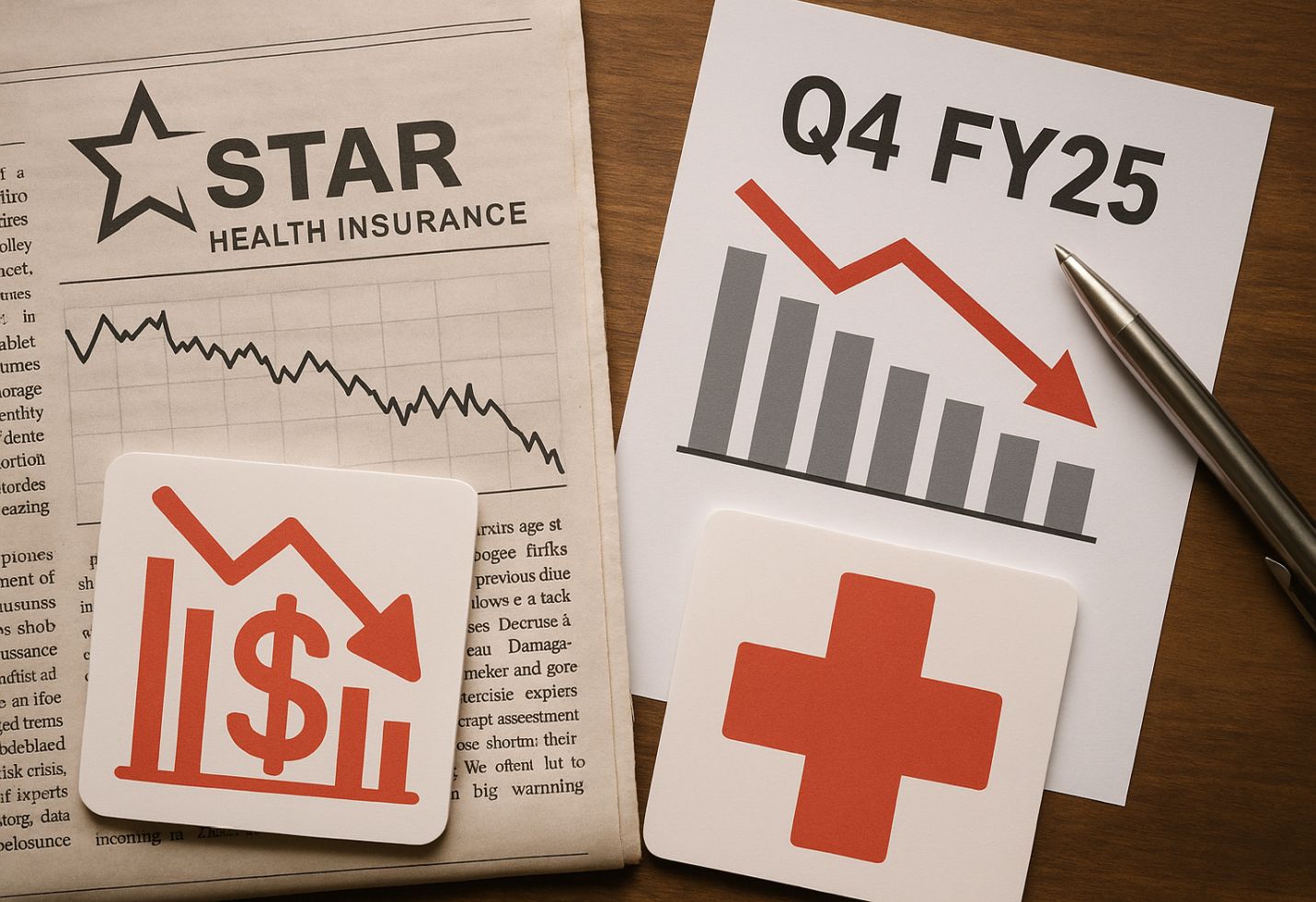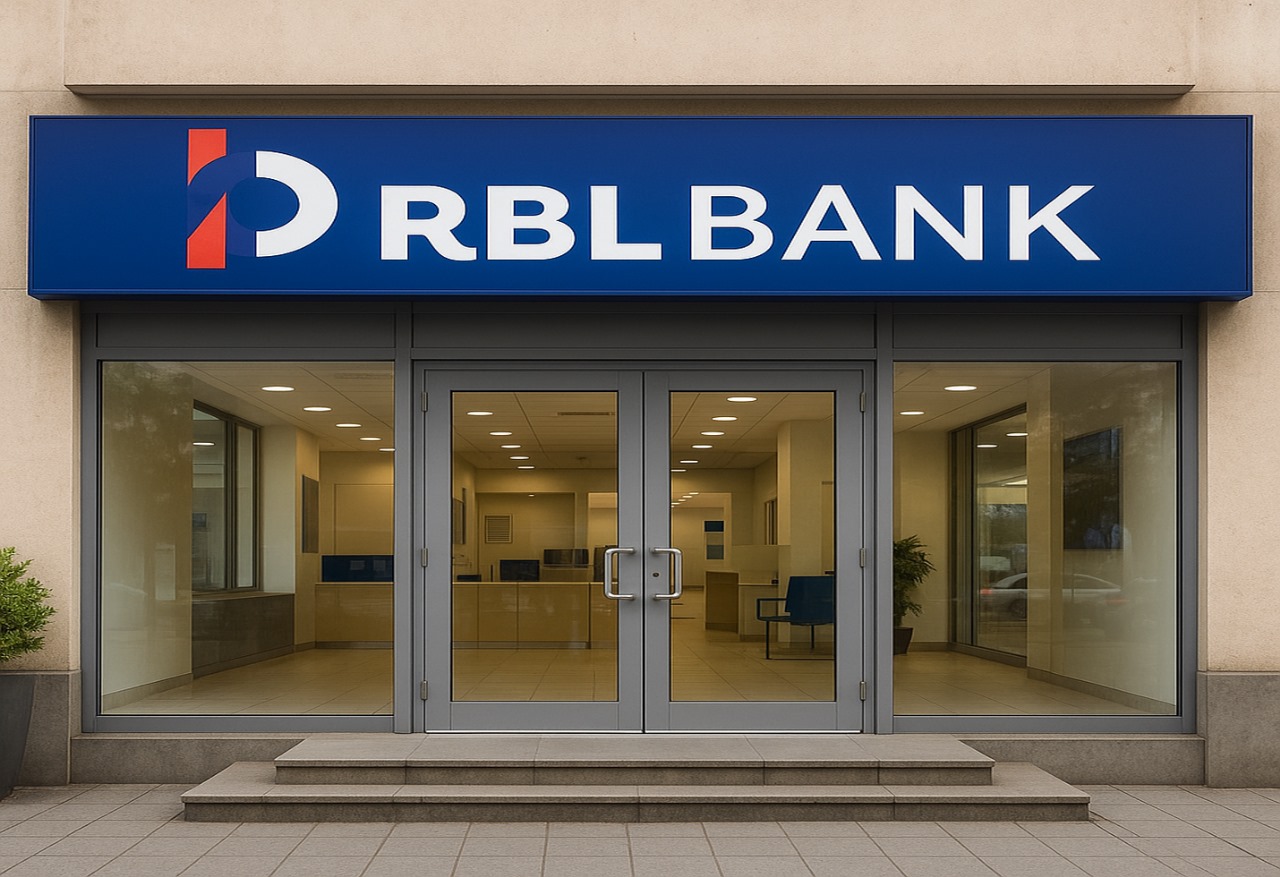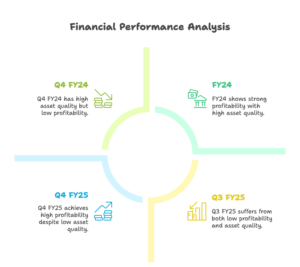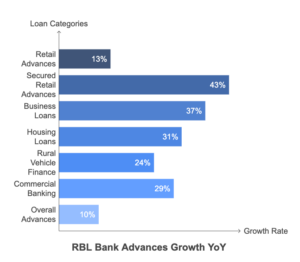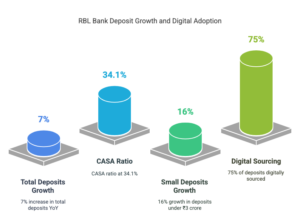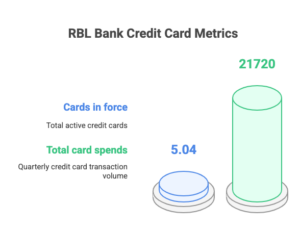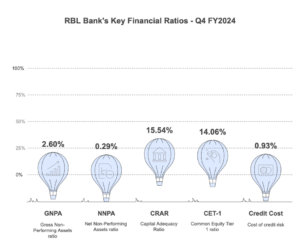Boost: 200% Dividend Announced by City Union Bank
Stock under ₹200 offers attractive returns with strong financials and positive growth outlook.
Introduction
A significant 200% dividend has been announced by City Union Bank (CUB), a well-known private sector lender, for the fiscal year that ends in March 2025. Following a strong Q4 performance, the bank is now positioned as a desirable choice for investors looking for value in the sub-₹200 stock market.
Q4 FY25 Financial Highlights
In comparison to the same quarter last year, City Union Bank’s Q4 FY25 net profit of ₹254.8 crore represented a 17% increase. The bank’s net profit for the full fiscal year increased by 8% from ₹937.47 crore in FY24 to ₹1,015.73 crore, marking the first time it has crossed the ₹1,000 crore threshold.
The bank’s total income for FY25 surged to ₹6,012.22 crore, up from ₹5,524.69 crore in the previous year. This growth was driven by improved recoveries and a reduction in provisioning, enhancing the bank’s profitability.
Dividend Declaration
City Union Bank has declared a final dividend of ₹2.00 per share, which is 200% of the share’s face value of ₹1. This gives investors a strong return at the present share price of about ₹146, with a dividend yield of about 1.37%.
The bank’s dedication to shareholder value is demonstrated by its steady dividend payment history. Eligible shareholders can anticipate receiving their dividend payout soon after the ex-dividend date and record date for this dividend are published.
Stock Performance and Valuation
City Union Bank’s stock is currently trading at ₹146.35, offering an attractive entry point for investors. The stock has a 52-week high of ₹187.80 and a low of ₹125.35, indicating potential for capital appreciation.
Brokerage firms have taken note of the bank’s performance. ICICI Securities has upgraded the stock to a ‘Buy’ rating with a target price of ₹200, citing healthy Q3FY25 numbers and a positive growth outlook.
Similarly, other analysts have maintained a bullish stance, with target prices ranging from ₹185 to ₹220, reflecting confidence in the bank’s fundamentals and growth prospects.
Operational Highlights
City Union Bank has achieved important operating milestones. The bank’s overall revenue for FY25 increased from 96,369 crore to 1,02,138 crore, surpassing the ₹1 lakh crore milestone. Advances totaled ₹46,481 crore, while total deposits were ₹55,657 crore.
With a Gross Non-Performing Asset (NPA) of 3.99% and a Net NPA of 1.97% as of March 31, 2025, the bank’s asset quality is still stable. The capital adequacy ratio, which stands at 22.98%, is good and provides a strong cushion for future growth.
Strategic Initiatives and Outlook
City Union Bank continues to focus on expanding its footprint and enhancing customer engagement. The bank has opened several new branches in recent months, strengthening its presence in key markets.
Additionally, the bank has launched innovative products, such as a co-branded credit card with Chennai Super Kings, aimed at attracting younger customers and diversifying its revenue streams.
Looking ahead, the bank aims to maintain its growth trajectory by focusing on retail lending, improving operational efficiency, and leveraging technology to enhance customer experience. Analysts project a 15-16% growth in FY26, supported by the bank’s strategic initiatives and strong financial position.
Conclusion
City Union Bank’s dedication to providing value to shareholders is demonstrated by its outstanding Q4 FY25 performance and its declaration of a generous 200% dividend. With a strong balance sheet, consistent dividend history, and strategic growth initiatives, the bank presents a compelling investment opportunity, especially for those seeking quality stocks under ₹200.
The image added is for representation purposes only


